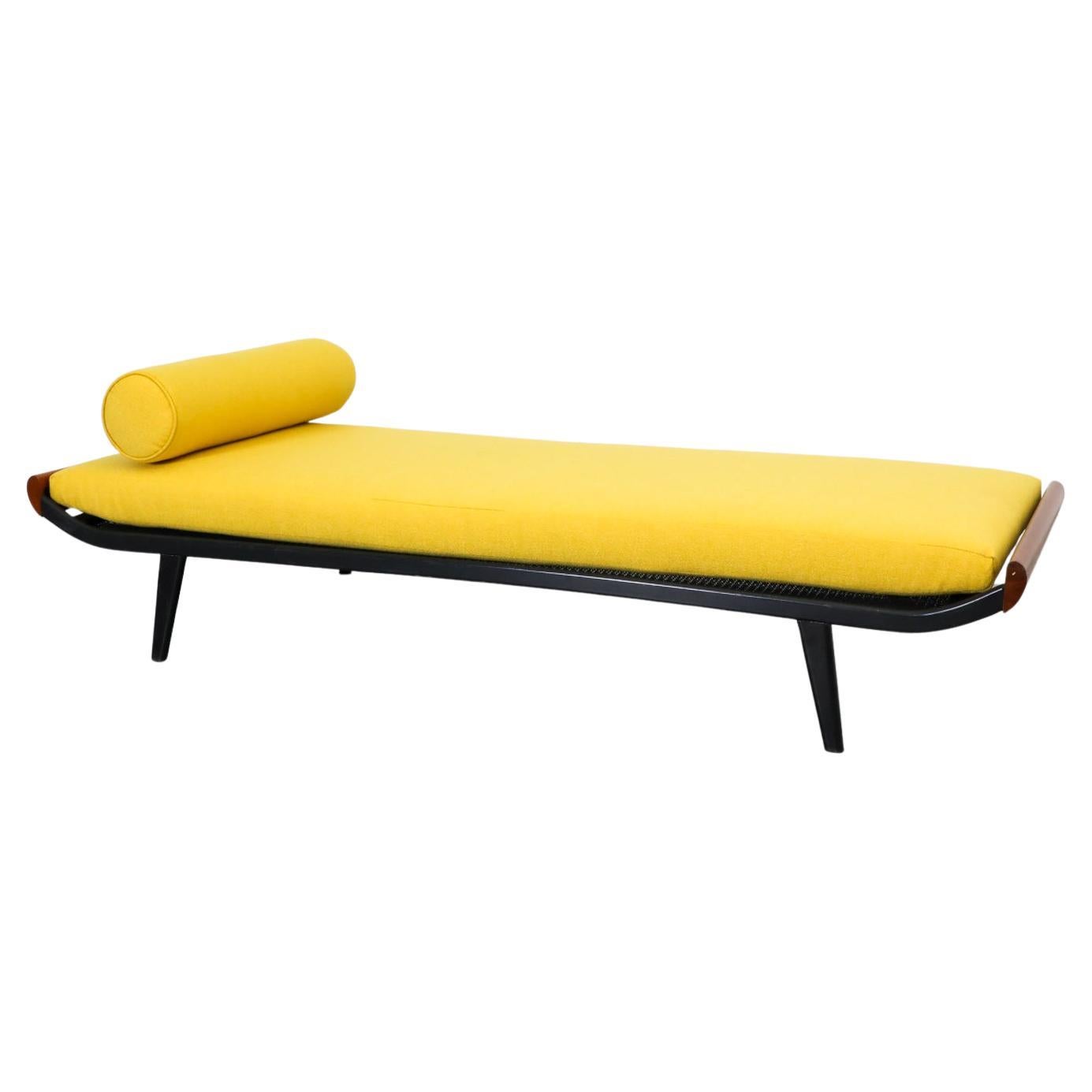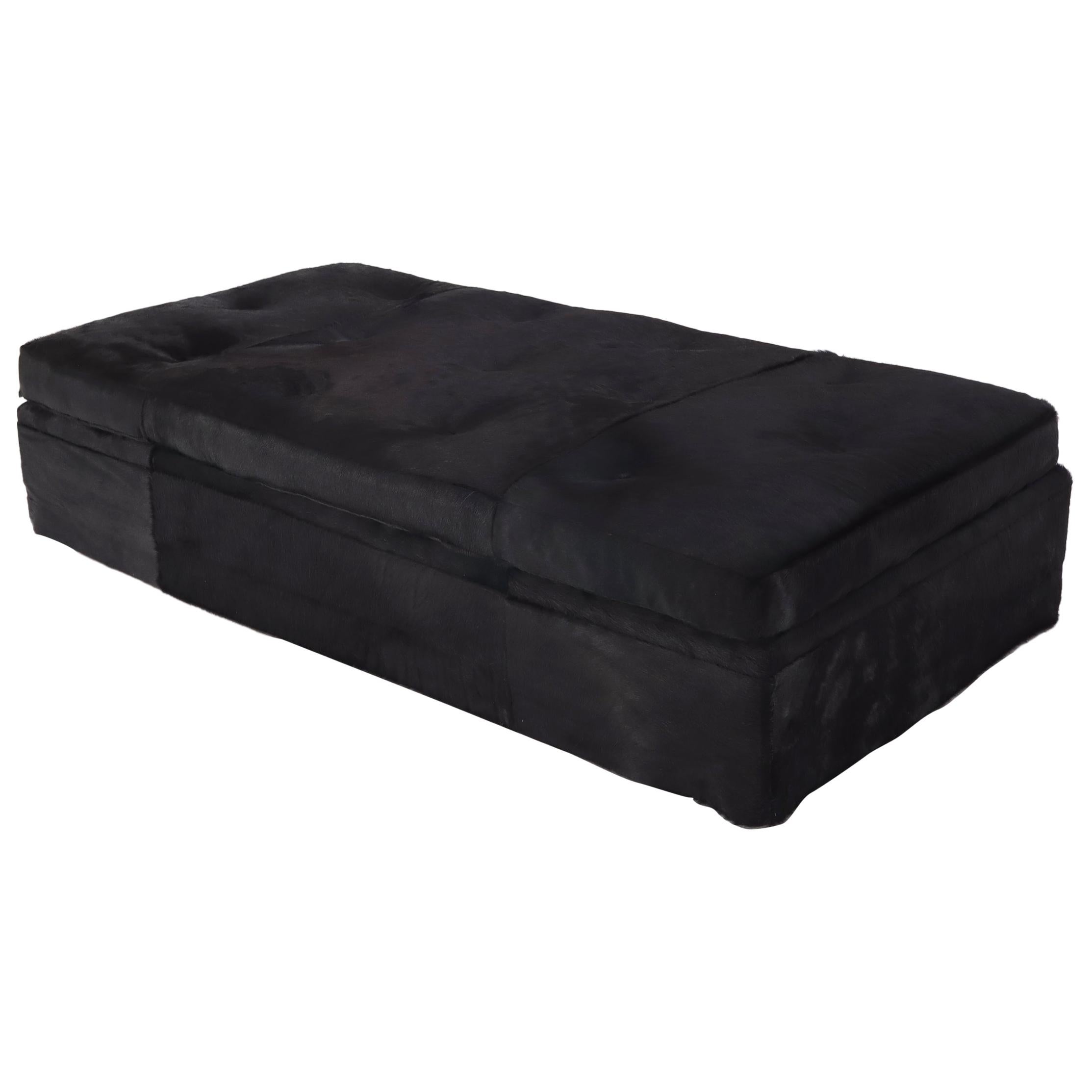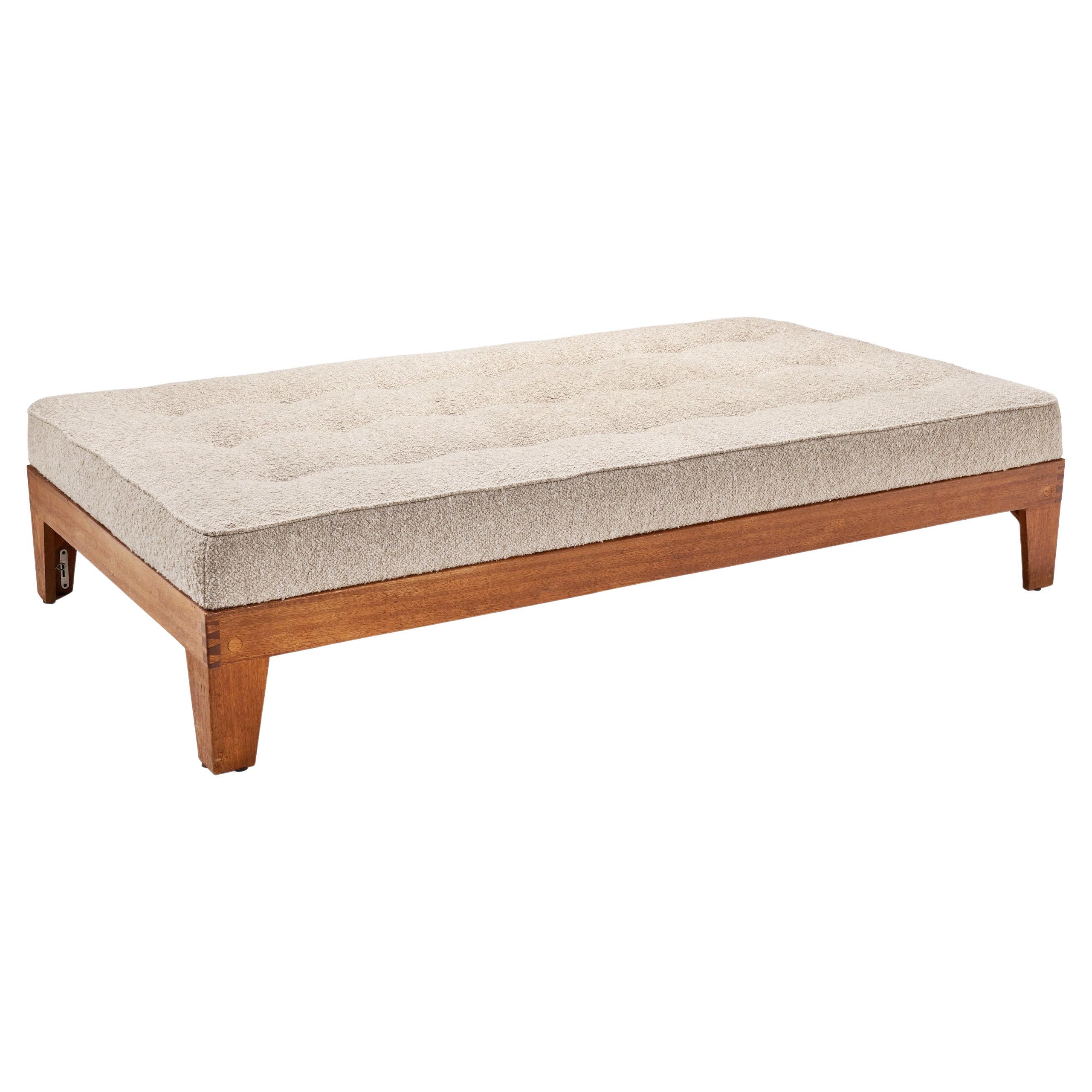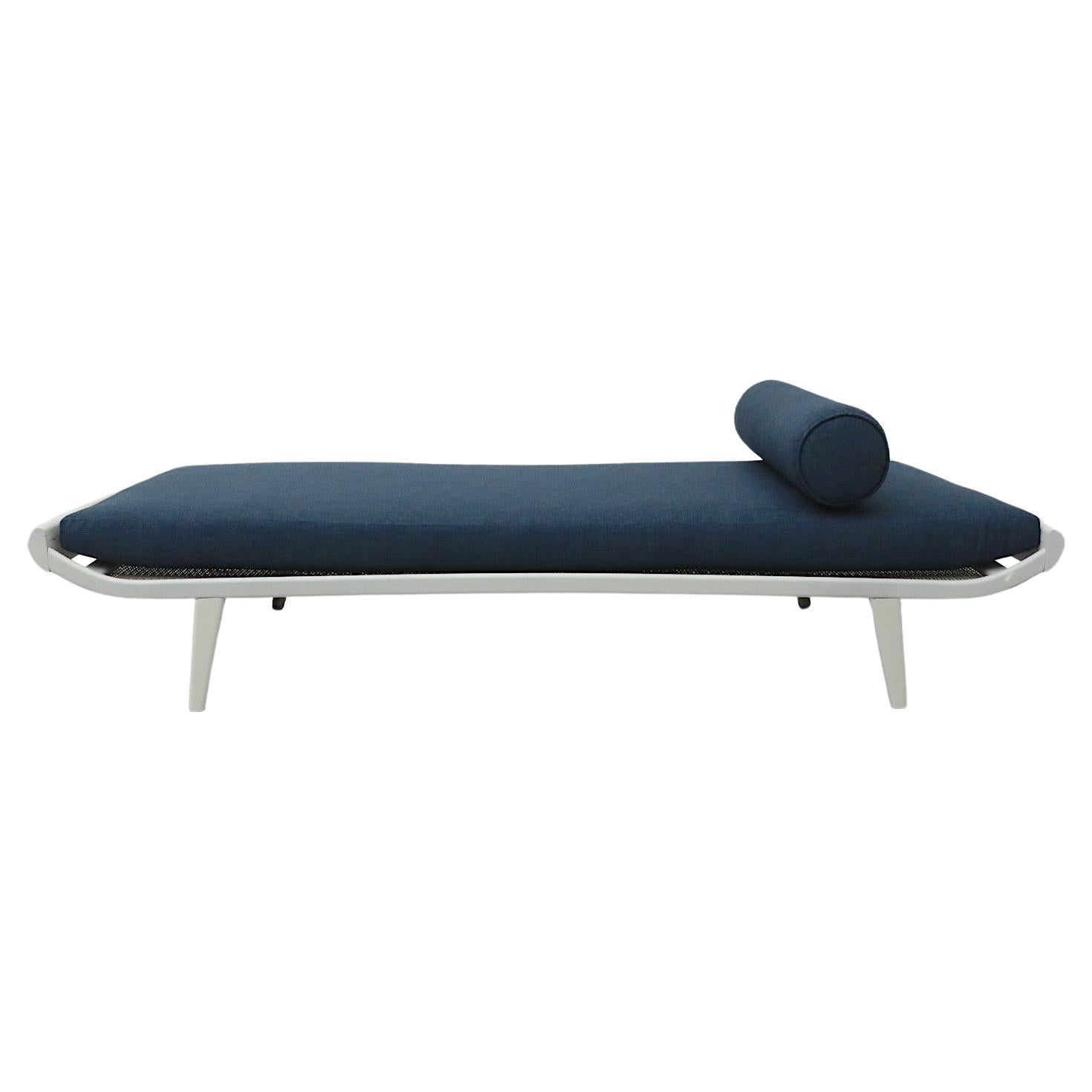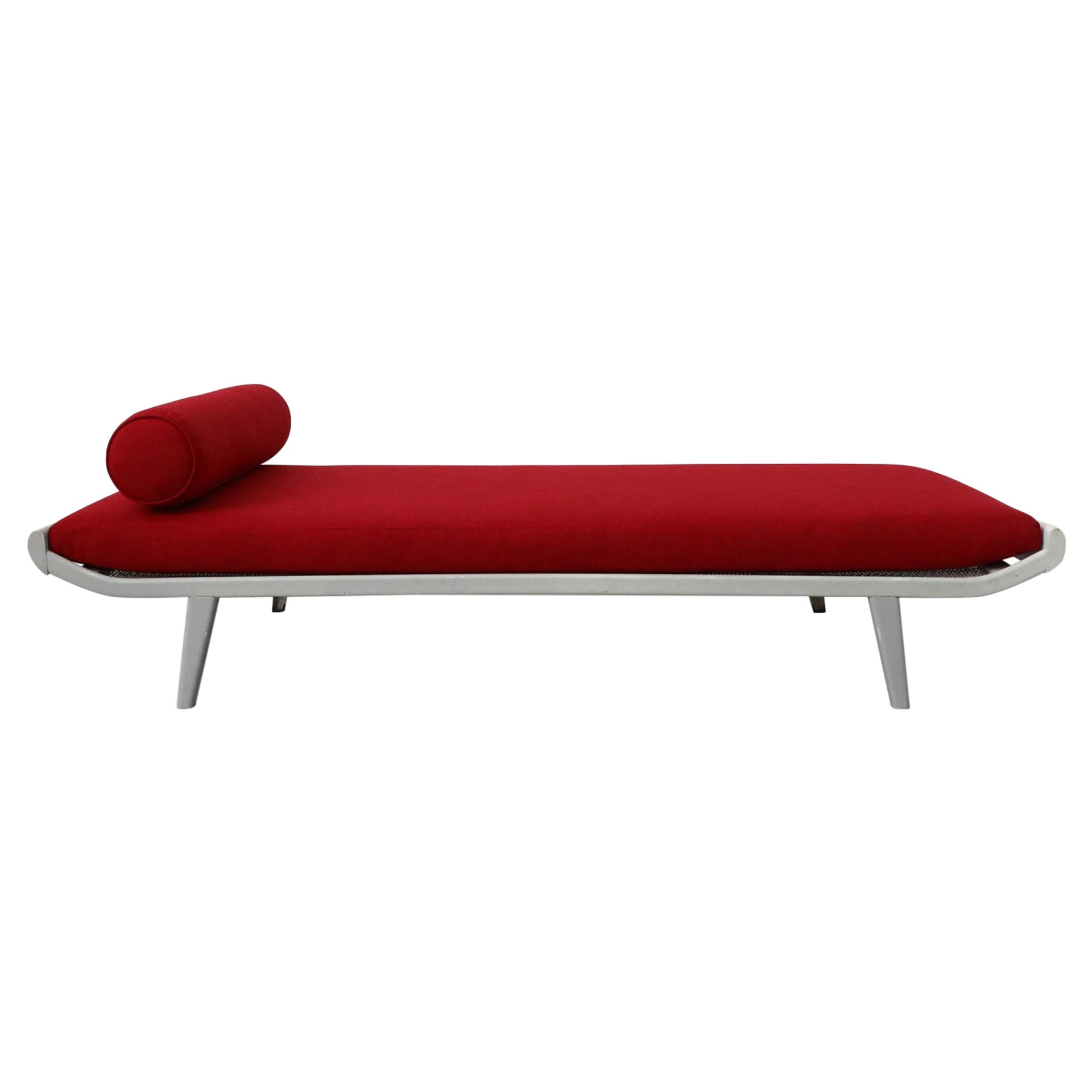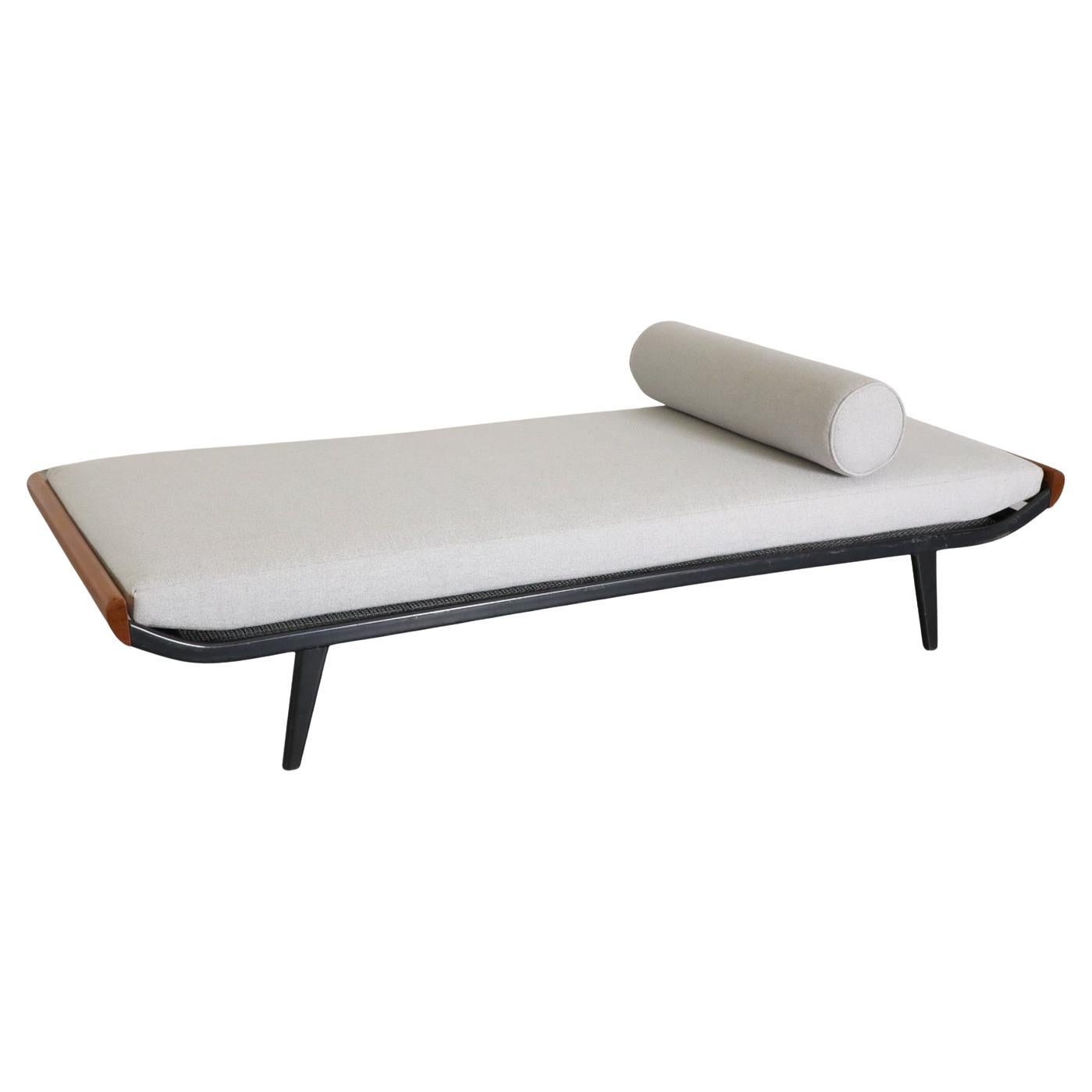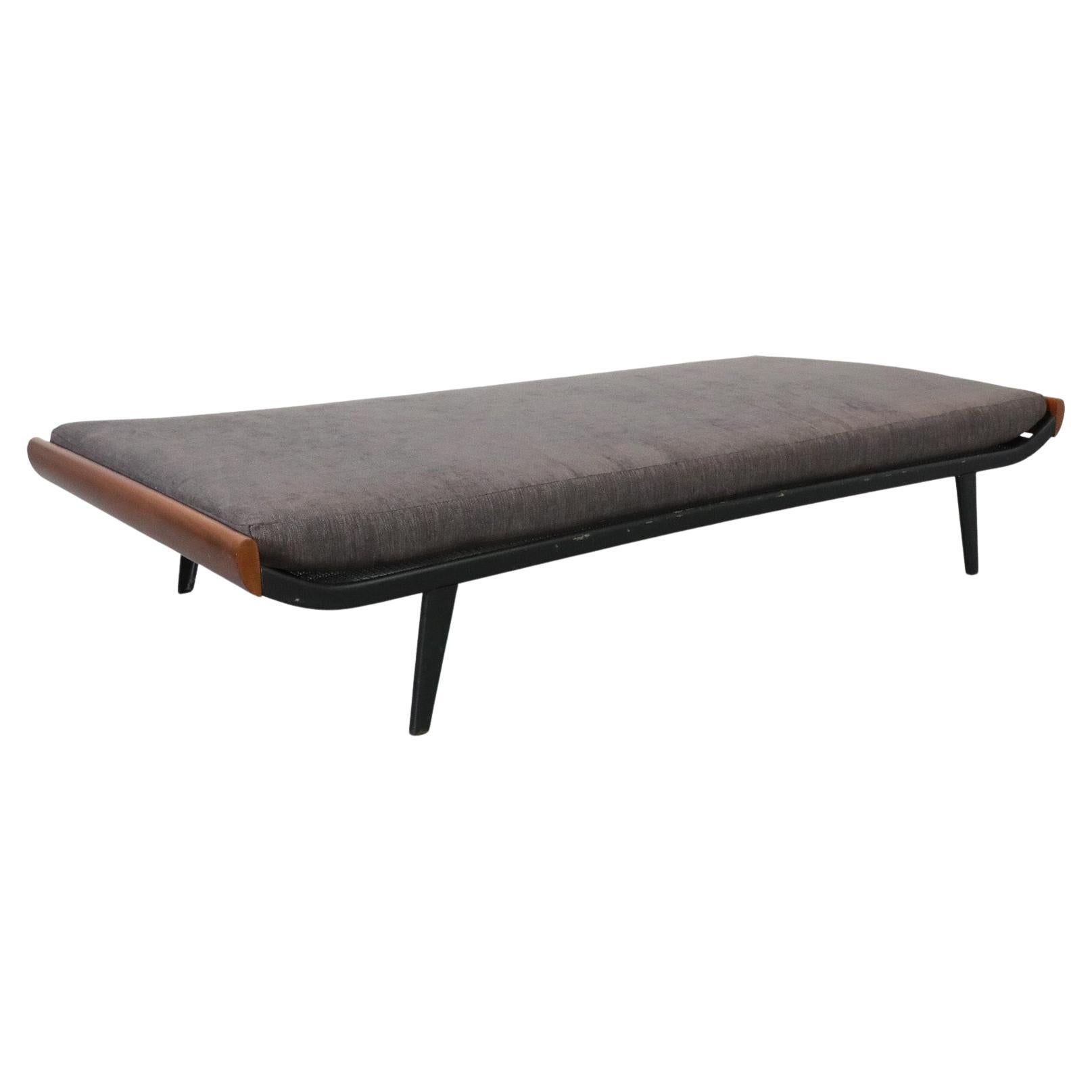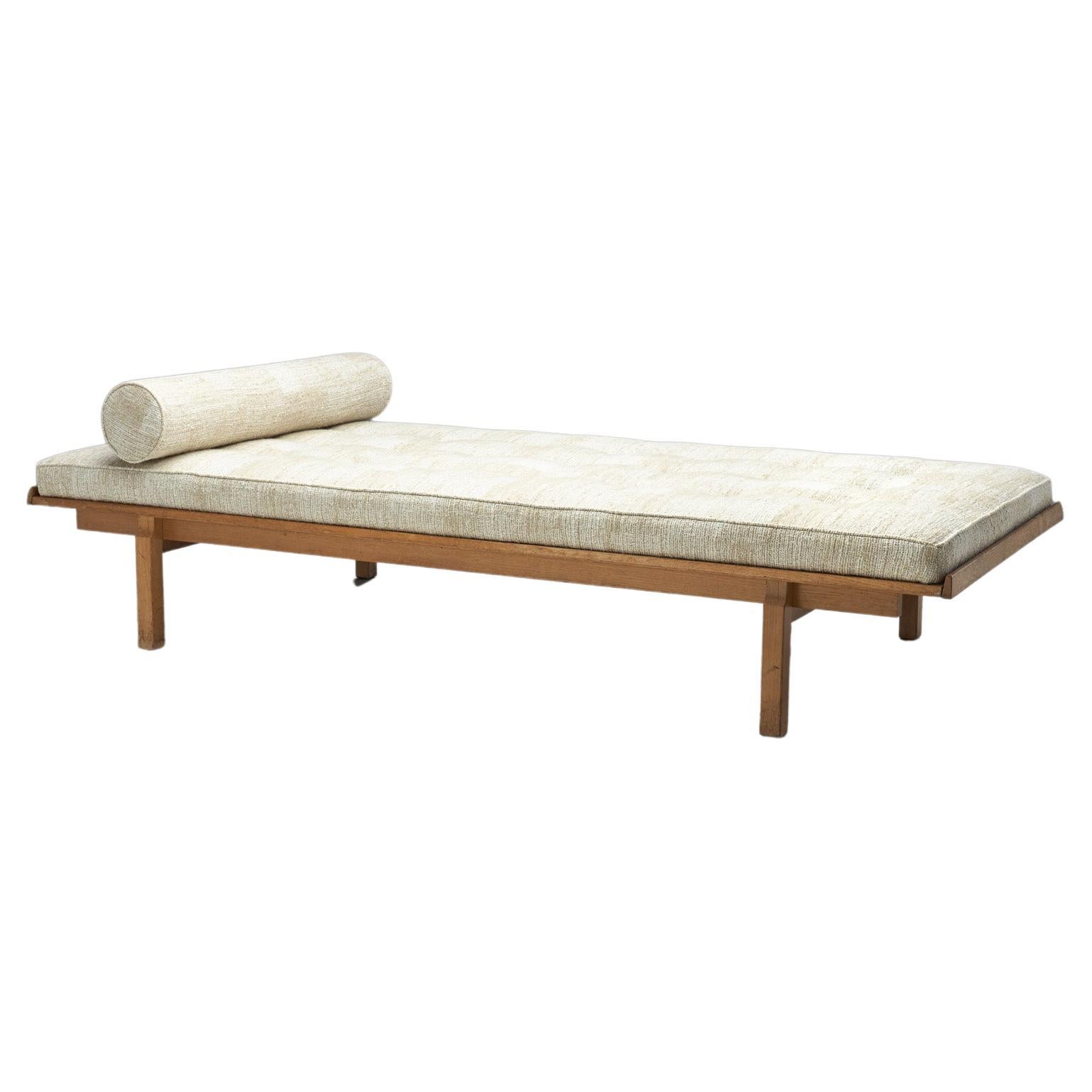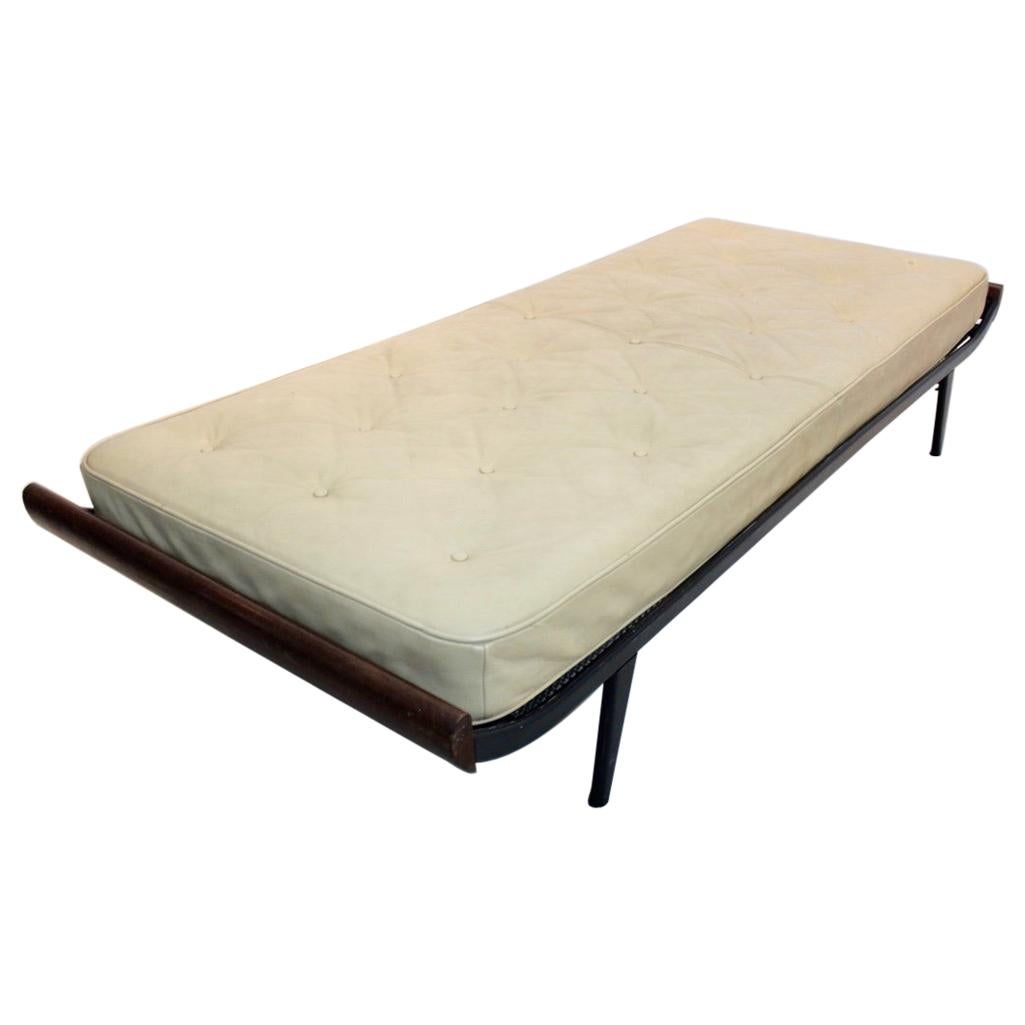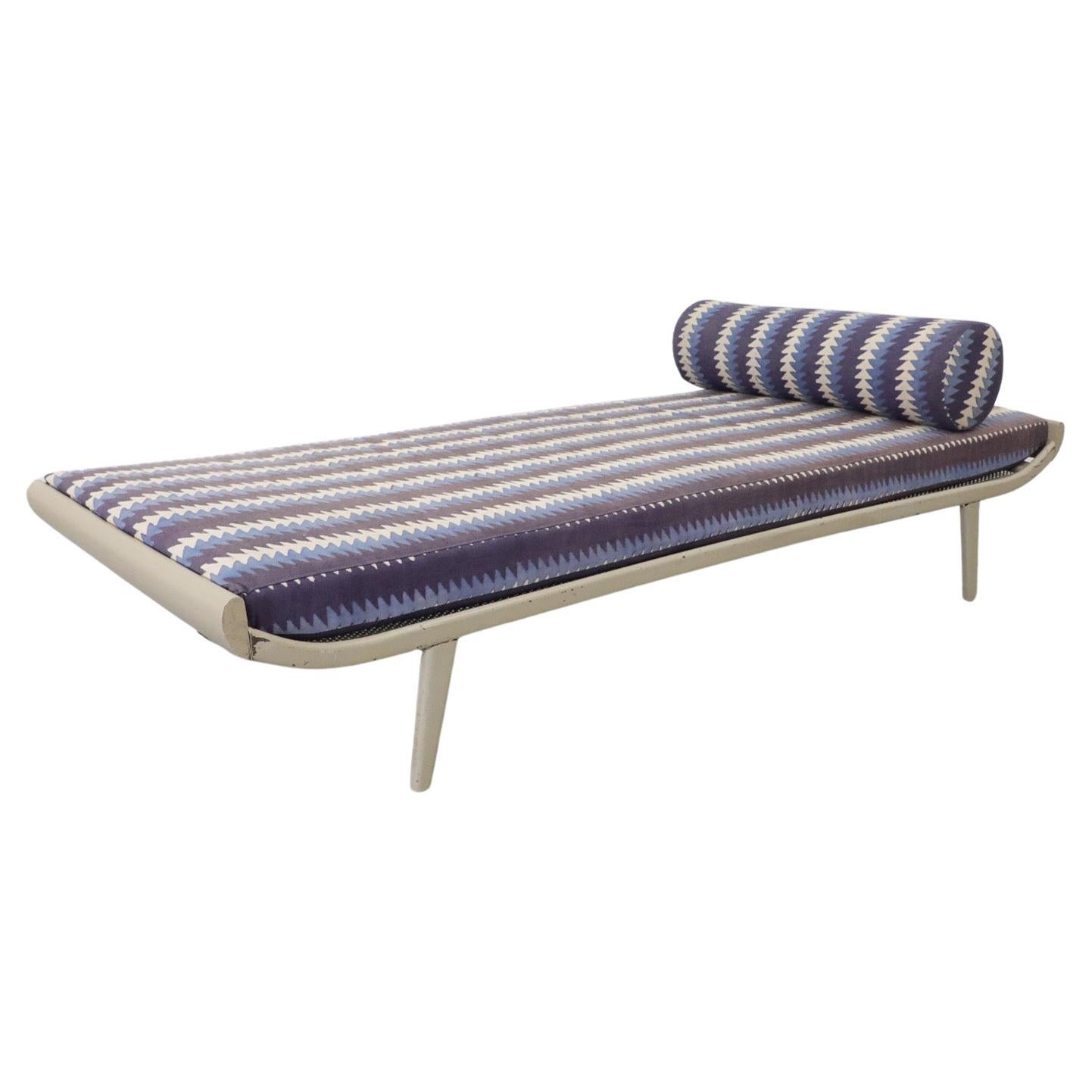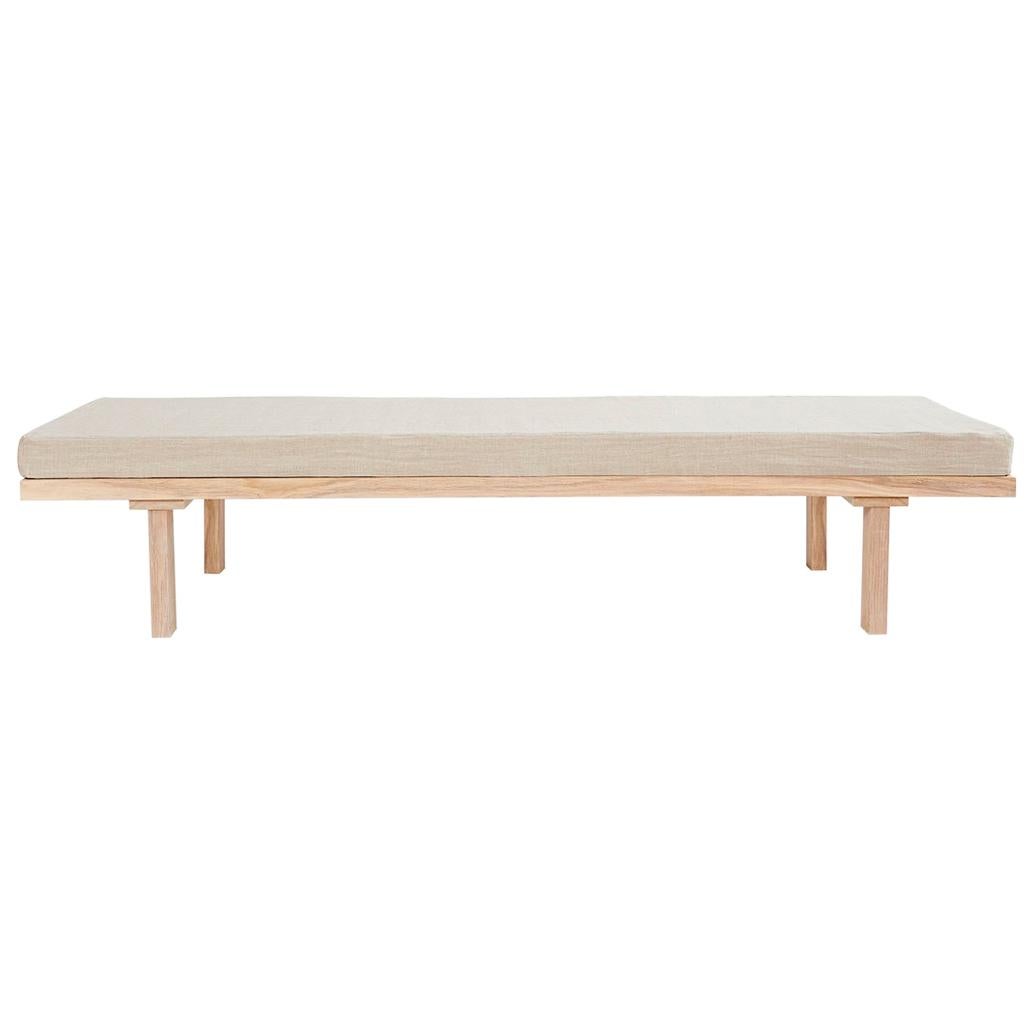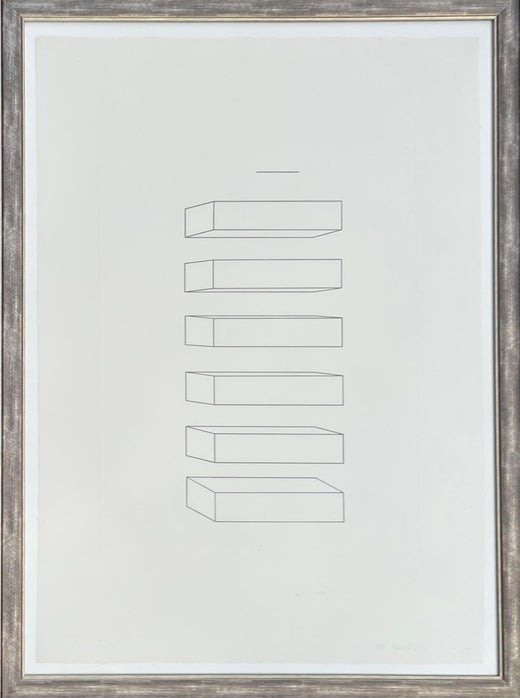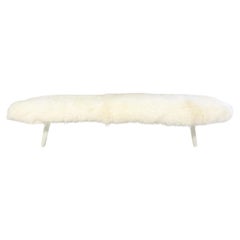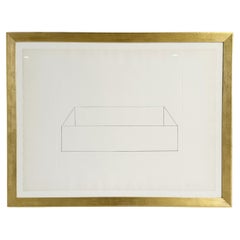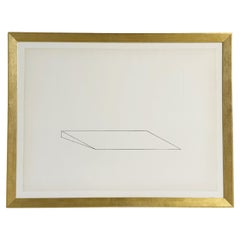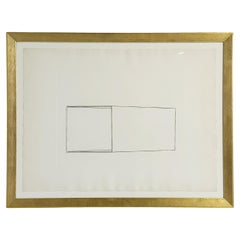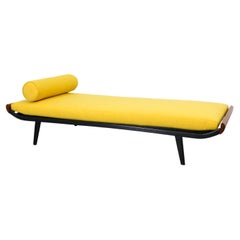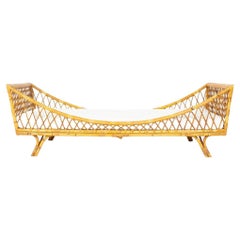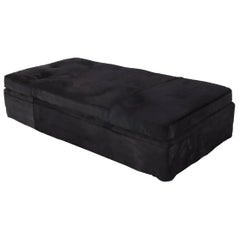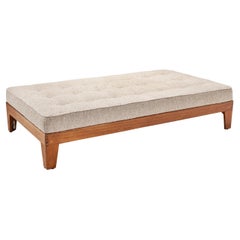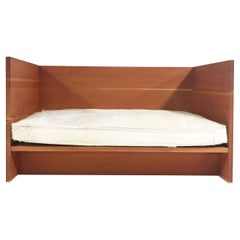
Donald Judd Daybed Sofa with Custom Brazilian Cowhide Mattress
View Similar Items
Donald Judd Daybed Sofa with Custom Brazilian Cowhide Mattress
About the Item
- Creator:Donald Judd (Designer)
- Dimensions:Height: 43.75 in (111.13 cm)Width: 80 in (203.2 cm)Depth: 45.5 in (115.57 cm)Seat Height: 21 in (53.34 cm)
- Materials and Techniques:
- Place of Origin:
- Period:
- Date of Manufacture:2003
- Condition:Wear consistent with age and use. The douglas fir is in excellent condition. A few nicks on the edges of the underside but nothing noticeable. The mattress is brand new.
- Seller Location:SAINT LOUIS, MO
- Reference Number:1stDibs: LU1701212025853
Donald Judd
Many consider Donald Judd one of the most influential artists of the 20th century. Three decades after death, his ideas still hold a strong influence in the fields of architecture, interior design, criticism and art.
Judd was the voice of minimalism, rejecting through his art expressions of metaphysical and metaphorical symbolism. He sought to convey the literal, physical characteristics of each project he worked on. Judd's fascination with hard-edged imagery — especially squares and boxes — is prevalent through many of his sculptures, prints and paintings, and perfectly expresses his pragmatic artistic vision.
Even though he was a minimalist in practice, Judd appreciated various forms and styles of art, with a special fondness for Abstract Expressionism. He spent many years writing as an art critic and spoke extensively on behalf of artist culture.
Born in Excelsior Springs, Missouri, Judd joined the U.S. Army in 1946 and served in Korea until 1947. After returning home, he attended Columbia University, where he studied art history and philosophy while concurrently painting at the Art Students League.
Judd continued to paint until the early 1960s, when he abandoned the practice entirely in favor of sculpture. He found painting to be too illusionary and preferred the tactility of working in three dimensions.
As a strong proponent for art permanency, Judd purchased and refurbished many properties in Manhattan from the 1970s to the 1990s — primarily for the purpose of providing space to permanently hold and display his work and that of his colleagues. He obtained buildings throughout the downtown Cast Iron District. Other artists with the means to do so followed suit and helped develop the area, which is now known as SoHo — world-famous for cultivating artistic culture. Judd headed other political actions aimed at fostering artistic community and maintaining a healthy environment throughout New York City, especially in Manhattan.
In 1981, Judd moved with his wife, Julie Finch, to Marfa, Texas, where they established the Chinati Foundation. The 340-acre foundation site holds many of his own permanent installations and those of a number of his contemporaries, including American artists Dan Flavin, Carl Andre and John Wesley, as well as Russian artist Ilya Kabakov and many others.
Judd died from lymphoma in 1994, but a magnificent body of his work remains for all to relish for generations to come.
On 1stDibs, find a selection of Donald Judd abstract prints, interior prints and sculptures.
More From This Seller
View AllVintage 1950s Daybeds
Steel
Vintage 1970s Prints
Paper
Vintage 1970s Prints
Paper
Vintage 1970s Prints
Paper
Vintage 1980s Mid-Century Modern Daybeds
Leather, Zebra Hide
20th Century American Mid-Century Modern Loveseats
Cowhide, Wicker, Rattan
You May Also Like
Mid-20th Century Dutch Mid-Century Modern Daybeds
Metal
Mid-20th Century French Daybeds
Fabric, Rattan, Foam
20th Century American Mid-Century Modern Daybeds
Cowhide
Vintage 1950s Danish Mid-Century Modern Daybeds
Bouclé, Wood
Mid-20th Century Dutch Mid-Century Modern Daybeds
Metal
Mid-20th Century Dutch Mid-Century Modern Daybeds
Metal
Recently Viewed
View AllRead More
10 Must-Visit American Public Sculptures
Get your dose of Vitamin D while surveying works by the likes of Alexander Calder, Keith Haring and Pablo Picasso.
How to Reupholster a Chair
Want to update an old chair that still has good bones? We spoke to experts to find out how they approach reupholstering antique furniture.
